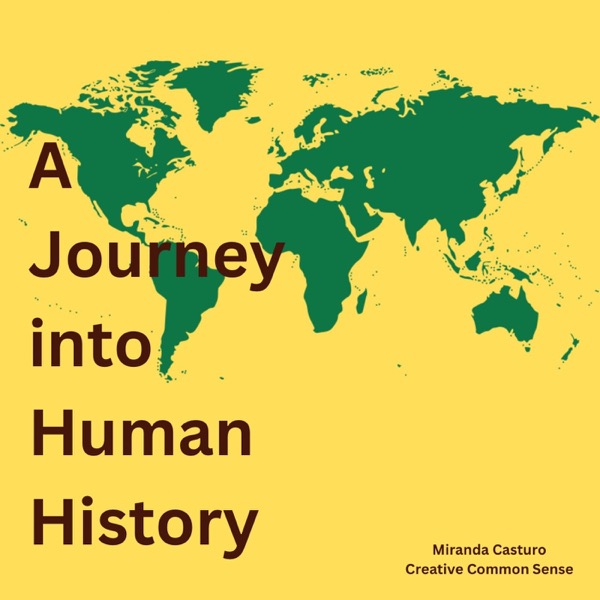A Connected Islamic World
A Journey into Human History - A podcast by Miranda Casturo

Categories:
By the sixteenth century, the religion of Islam had spread far beyond its point of origin in Southwest Asia. Islamic communities, large empires, and a number of Islamic kingdoms thrived in West and East Africa, southeastern Europe, India, and Southeast Asia. But although no single powerful caliphate held all these areas together, the religion of Islam allowed for a degree of cohesiveness and unity, despite theological disagreements. As a result, trade in all types of goods unified the wider Islamic world, flowing along numerous trade routes and through markets overseen by Muslim market inspectors. Local states encouraged trade through their territories because it brought them economic benefits and access to new ideas and technologies. This trade often occurred with the cooperation of the many non-Muslim communities that lived in the Islamic world, such as Jewish people and Christians. In addition to goods and people, trade routes also carried ideas, knowledge, and technologies that also served as a cohesive force. Some led to improvements in mapmaking and navigation. Others had military applications, such as new firearms and artillery. These weapons provided advantages to some of the large Islamic empires of the era, like the Ottomans, Safavids, and Mughals. All images referenced in this podcast can be found at https://openstax.org/books/world-history-volume-2/pages/4-1-a-connected-islamic-world Welcome to A Journey into Human History. This podcast will attempt to tell the whole human story. The content contained in this podcast was produced by OpenStax and is licensed under a Creative Commons Attribution License. Access for free at https://openstax.org/books/world-history-volume-2/pages/1-introduction Podcast produced by Miranda Casturo as a Creative Common Sense production.
